Introduction
Set of activities required to accomplish a common goal is Business Process. These activities are completed either sequentially or parallel and may be performed by people or systems. The acronym for ‘Business Process Management’ is BPM.
In every business, we hear the term business process management or BPM. BPM can be defined as a discipline of design, execution, modeling, optimization, and monitoring business processes to increase profitability.
That is the reason why BPM is considered more of a discipline rather than a tool or technology. It’s a very important concept. It is not just a software you can purchase and install to repair business issues, there are people involved who play a significant role in the business processes management. BPM software goes merely beyond the automation work to helping others with continuous process improvement, this is the key difference between workflow and BPM.
What is Business Process Management?
Business Process Management Services is a management approach concentrated on aligning all aspects of the organization with the needs of clients. Business Process Management tries to enhance processes constantly so that, it could be described as the “Process optimization process.” It is said that BPM allows an organization to be more efficient, effective and more capable than a functionally focused =, traditional hierarchical management approach.
Related Post: What is Agile Methodology?
Types of Business Process
It is very important to realize that processes differ greatly when starting our BPM. You can categorize your business in many different ways, which includes:
- Complexity
- Duration
- Volume
- Industry
- Department
Some businesses are not very well suited to being managed within the BPM software that is why it is important. Let us take an example, where highly repetitive or regulated processes tend to be excellent candidates, unpredictable and unstructured processes are not.
The Process Lifecycle
There are 5 main phases of business process management: design, modeling, execution, monitoring, and optimization. Lets further dig into it
Design
Both the identification of existing processes and the design “to-be” processes get encircled within the Design Process. Representation of the process flow, the actors within it, alters and notifications, escalations, standard operating procedures, service level agreements, and task hand-over mechanisms are some areas to focus.
Good designs reduce the number of problems over the lifetimes of a process. A correct and efficient theoretical design is prepared is the only aim of this step. The improvement which is proposed could be in human-to-human, human-to-system, system-to-system workflows, and might target regulatory, market or challenges which are capable of competing faced by the businesses.
Related Post: Common problems in Web Designing and How To Avoid It
Modeling
By taking the theoretical designs and introduction of combinations of variables takes place.
Execution
If you want to automate the process, one of the ways to do it is to develop or purchase an application that executes that required steps of the process. But on the contrary, these applications rarely process all the steps properly to get the optimum result. Another great way to do it is to operate it with multiple software and human intervention, but then again this process is tedious and complex, the documentation part becomes very difficult.
To overcome these problems, the software has been developed that enables the full business process to be defined in a language that will be directly executed by the computer itself. To perform business operations, the system will either use services in connected applications or when a step is too tough to automate, will ask for human input. Directly executing a process definition can be more straightforward and therefore easy to improve compared to either of the previous approaches. For process execution and resolution, a business rule engine can be used.
Monitoring
In this phase, process performance is measured. Monitoring is completely included in the tracking of individual processes, so the information on their state can be easily seen, and statistics on the performance of one or more processes can be provided. Apart from this, to improve their connected processes, this information can be used to work with customers and suppliers. The generation of measures are examples of statistics on quickly an order of the customer is processed or how many orders were processed last month. They fit into three categories: cycle time, defect rate, and productivity.
What information the business wants to evaluate is totally dependant on the degree of monitoring, and analyze and how a business wants it to be monitored, in real-time, near real-time, or ad-hoc. However, BAM (business activity monitoring) extends the monitoring into generally provided by the BPM system (BPMS).
A collection of methods and tools related to process mining is known as Process mining. To analyze event logs extracted through process monitoring and to compare them with a priori process model is the aim of process mining.
Optimization
Retrieving process performance info from modeling or monitoring phase. Look for potential or actual issues and the potential opportunities for cost savings or other improvements then applying those enhancements in the design phase of the process hence, the creation of greater business values.

Conclusion
The most important aspect of BPM is one of the most often overlooked perhaps, is continuous improvement. Because, as time changes with technology, processes change too. The cycle begins again once the potential process change is identified and the best suggestions are implemented.
Ouriken is a standalone web design and digital agency. We design and implements powerful solutions for small and medium businesses in technology, business, and operations. Ouriken works with you to optimize productivity, improve performance and reduce time-to-market. To accelerate your business growth with our Business Process Management services.


